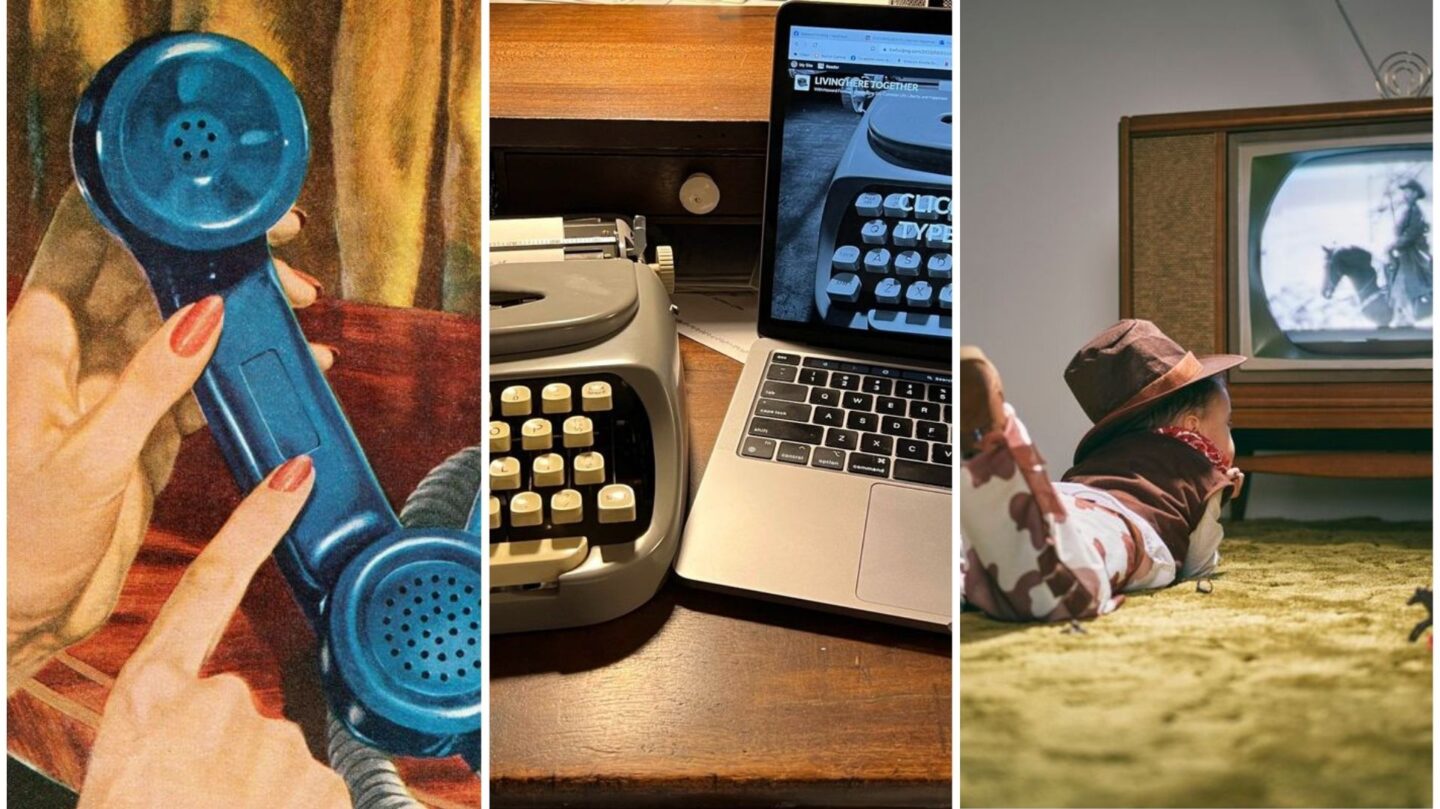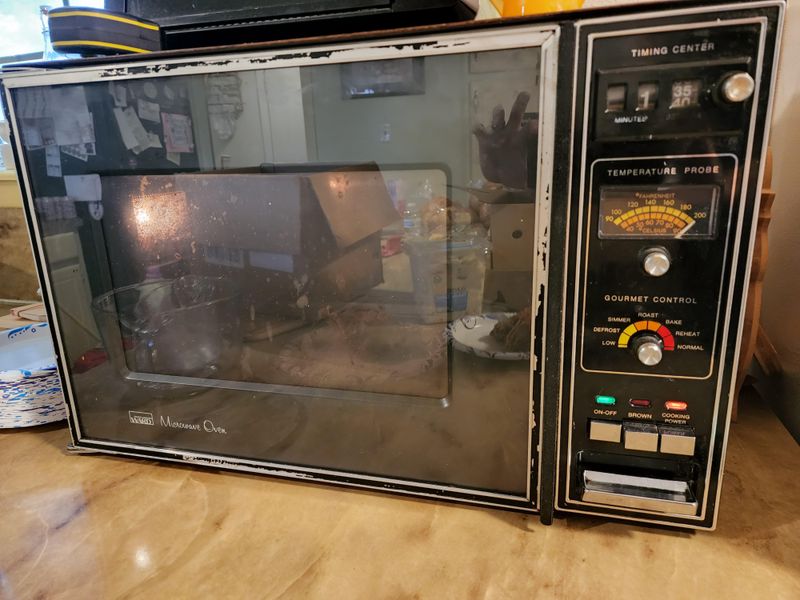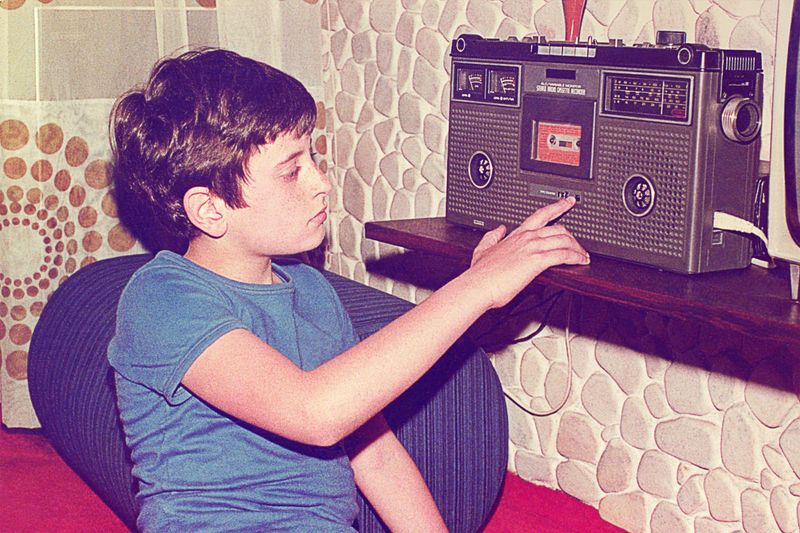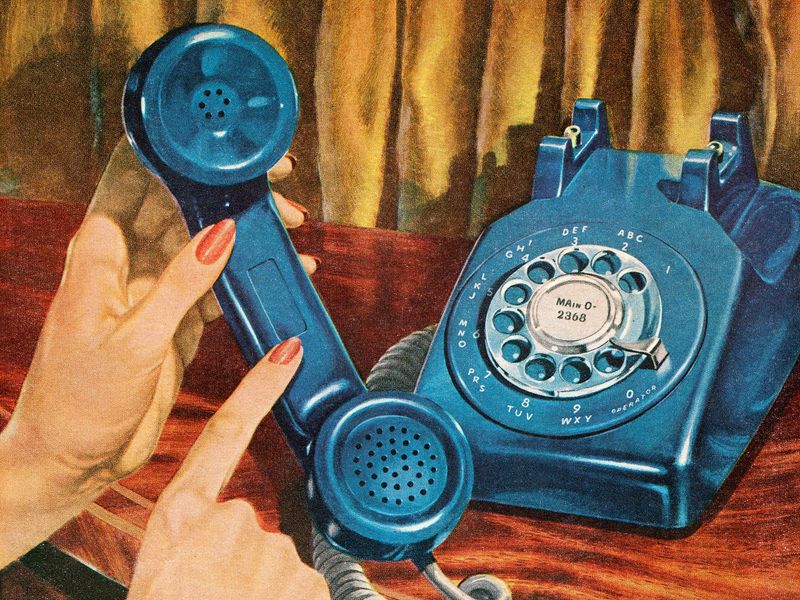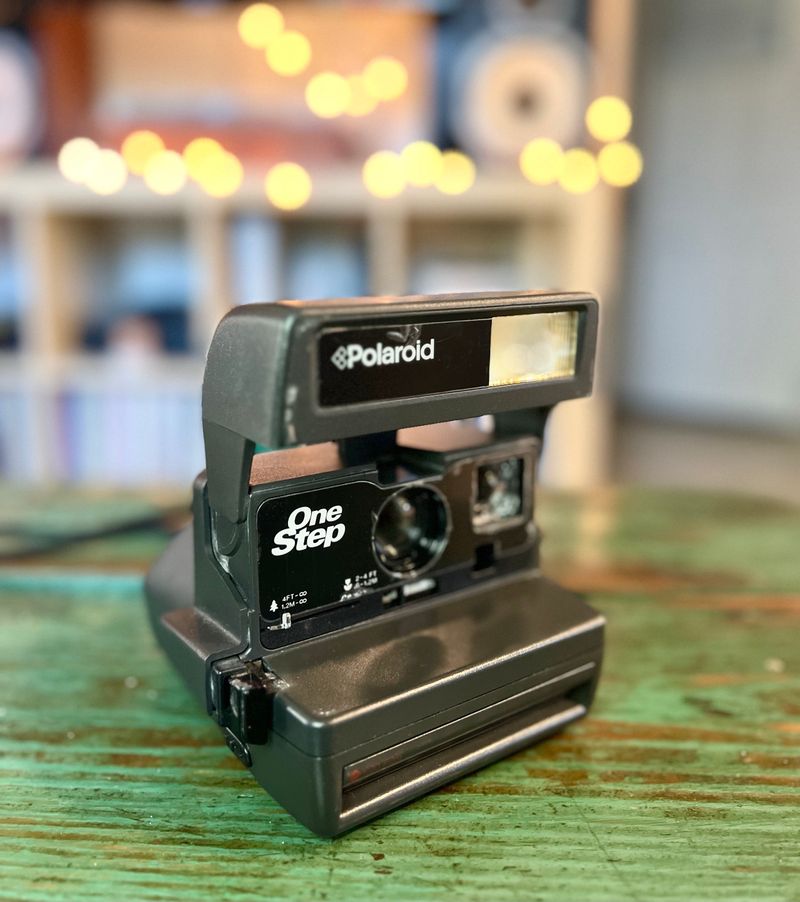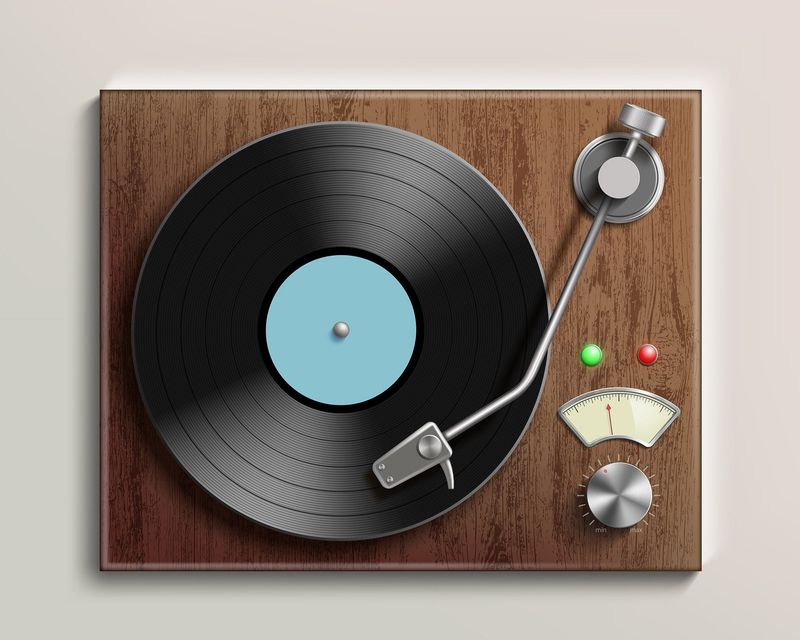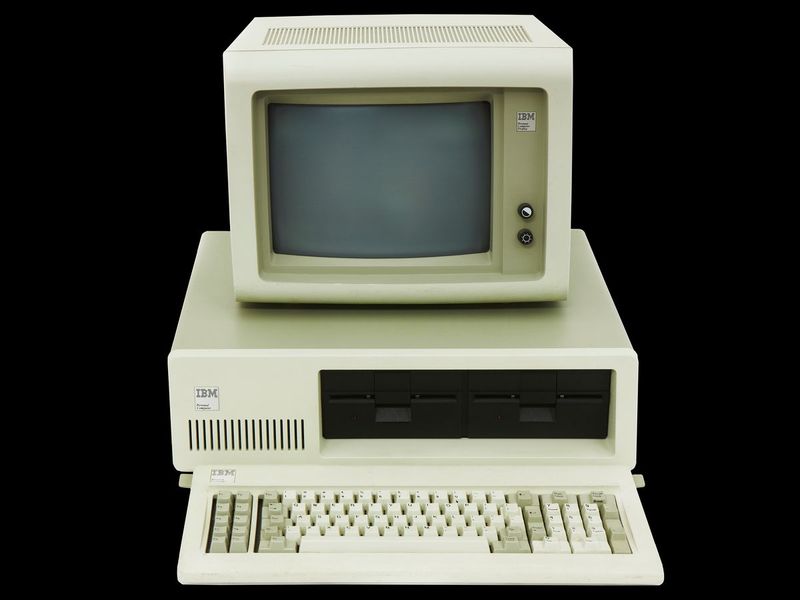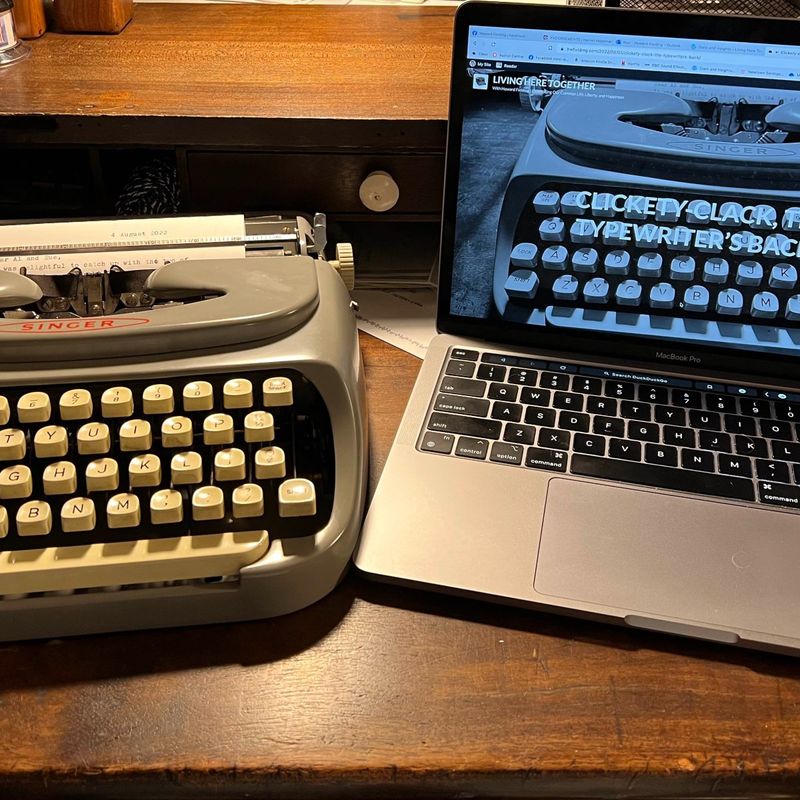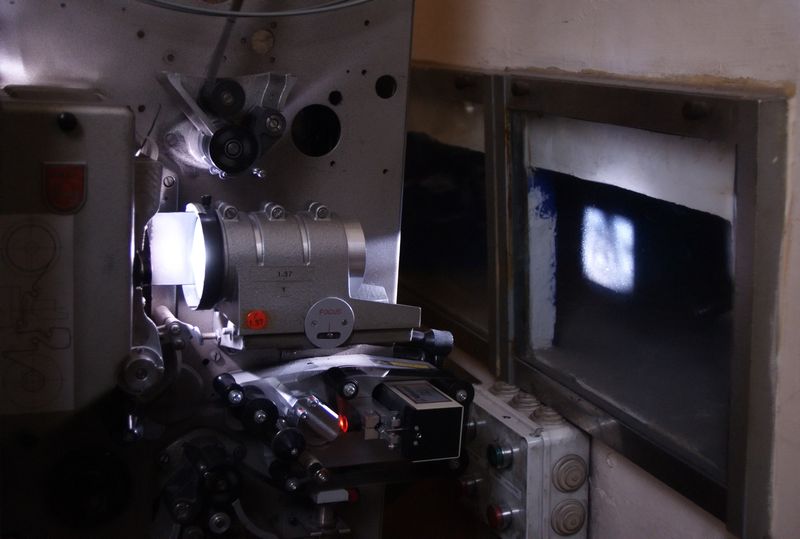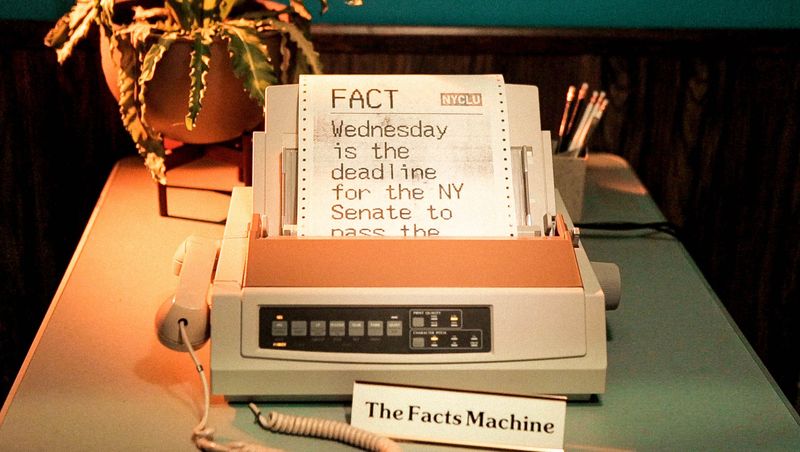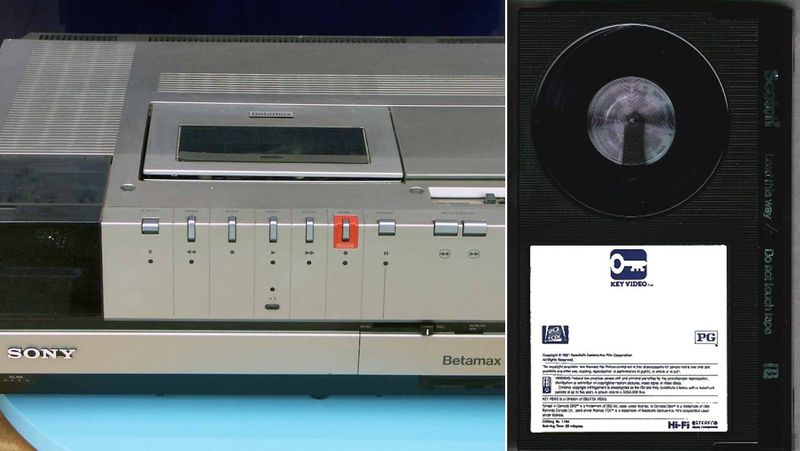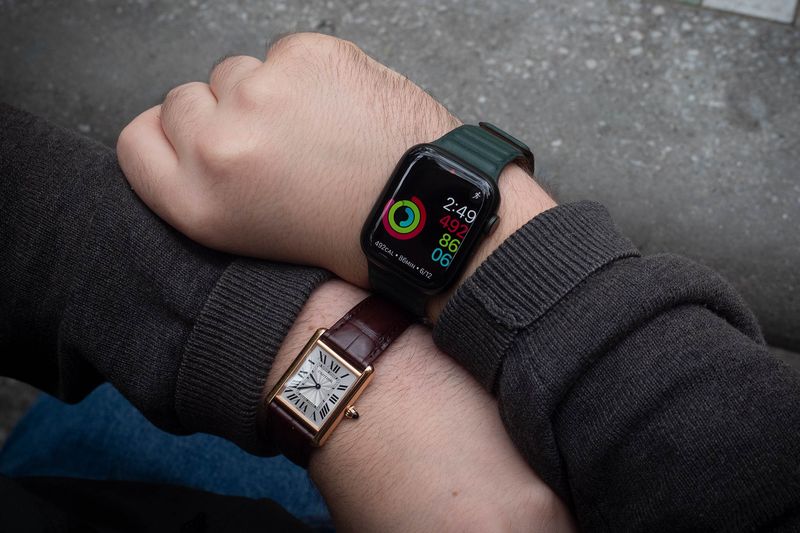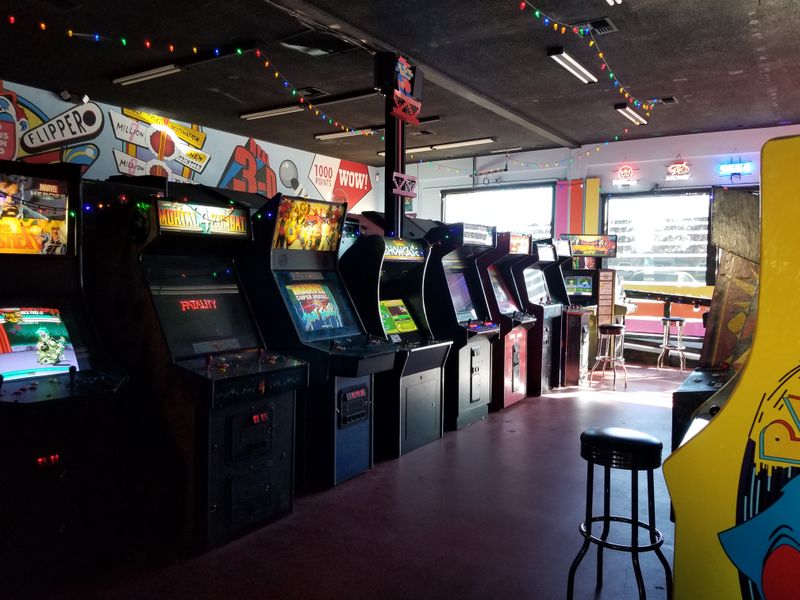The 1970s was a decade of groundbreaking technological advancements that laid the foundation for modern innovations. As we look back, it’s fascinating to compare the iconic technologies of the 70s with today’s cutting-edge innovations. This blog post explores 13 pivotal technologies from the 70s and their modern counterparts, spotlighting the evolution of tech and its impact on everyday life.
The Microwave Oven vs. Smart Kitchen Appliances
In the 1970s, the microwave oven revolutionized how people cooked, offering a quick and convenient way to heat food. Its compact design made it a staple in households across the globe. Fast forward to today, smart kitchen appliances have taken convenience to the next level. With internet connectivity, these appliances can be controlled remotely, offering recipes and even adjusting cooking settings automatically. The integration of artificial intelligence in smart ovens ensures perfect cooking every time, making kitchen tasks more efficient. The evolution from the simple microwave to intelligent appliances showcases the rapid advancement in kitchen technology.
Cassette Tapes vs. Streaming Services
Cassette tapes were the go-to medium for music lovers in the 70s, offering portability and personal listening experiences. The act of creating mixtapes became a cherished cultural practice. Today, streaming services like Spotify and Apple Music have transformed how we consume music, providing instant access to millions of songs worldwide. With personalized playlists and recommendations, music streaming offers an unparalleled level of convenience. The transition from physical tapes to digital streaming marks a significant shift in the music industry, enhancing accessibility and reshaping our listening habits.
Rotary Phones vs. Smartphones
The rotary phone was an iconic communication device in the 70s, featuring a dial mechanism to connect calls. It was a bulky yet vital part of every home. In contrast, today’s smartphones are compact powerhouses, serving as multi-functional devices for communication, work, and entertainment. With features like internet access, high-resolution cameras, and countless apps, smartphones have become indispensable in modern life. The evolution from rotary phones to smartphones highlights the dramatic technological progress in personal communication over the decades.
Polaroid Cameras vs. Digital Photography
Polaroid cameras were a sensation in the 70s, known for delivering instant photos with the shake-to-develop method. They brought photography to casual users, capturing memories instantly. Today, digital photography offers unparalleled convenience and quality, with high-resolution images and instant sharing capabilities. Digital cameras and smartphones allow for editing and enhancing photos before sharing them online. The transition from Polaroid to digital represents a significant leap in how we capture and share moments, driving the democratization of high-quality photography.
Vinyl Records vs. Digital Audio
Vinyl records were the primary medium for music in the 70s, cherished for their rich sound quality and physical form. Listening to records was a tactile and immersive experience. Modern digital audio, through formats like MP3 and FLAC, offers portability and convenience without compromising sound quality. Streaming platforms now provide high-fidelity audio to cater to audiophiles. The shift from vinyl to digital underscores the advancements in audio technology, making music more accessible while preserving quality. Yet, the resurgence of vinyl shows a lingering appreciation for the analog sound.
Mainframe Computers vs. Cloud Computing
Mainframe computers were the backbone of large corporations in the 70s, known for their massive size and processing power. They demanded extensive space and resources, yet were crucial for data management. In contrast, today’s cloud computing technology provides scalable and flexible solutions, allowing businesses to store and process data remotely without physical constraints. The shift to cloud services enables real-time collaboration and access to information from anywhere in the world. This transformation from mainframe to cloud highlights the evolution in computing, enhancing efficiency and connectivity.
Analog TVs vs. Smart TVs
In the 70s, analog TVs were the centerpiece of home entertainment, offering limited channels with an antenna-based reception. Viewers would adjust dials to tune into their favorite shows. Today, smart TVs have revolutionized television, integrating internet capabilities to stream content from various platforms. These TVs offer stunning displays, voice control, and personalized viewing experiences. The transition from analog to smart TV reflects the significant advancements in display technology and content accessibility, reshaping how we consume visual media. It’s a leap from limited options to a boundless world of entertainment.
Typewriters vs. Word Processors
Typewriters were essential tools for writing and documentation in the 70s, requiring manual effort to produce documents. The mechanical clatter of keys was a familiar sound in offices. Today’s word processors provide digital convenience, with features like spell check, formatting, and easy editing. They have transformed writing into a more efficient and error-free process. The leap from typewriters to word processing software symbolizes the technological advancements in office productivity, enhancing how we create and manage written content. It marks the evolution from analog to digital in documenting ideas.
Film Projectors vs. Home Theater Systems
Film projectors were the standard for viewing movies in the 70s, creating cinematic experiences at home or in theaters. They relied on physical film reels, requiring careful handling and setup. Modern home theater systems offer high-definition video and immersive sound, providing a theater-like experience in the comfort of your home. With streaming services, viewers have access to a vast library of movies and shows at their fingertips. The evolution from film projectors to home theaters showcases the advancements in audiovisual technology, enhancing the way we enjoy entertainment.
Fax Machines vs. Email
Fax machines were revolutionary in the 70s, allowing documents to be sent over phone lines. They were a staple in offices, providing a quick way to share information. Today, email has replaced fax as the primary method of business communication, offering instant delivery and the ability to attach files. Email’s convenience and efficiency have made it an integral part of modern communication. The move from fax machines to email marks a significant development in how we exchange information, streamlining operations and connecting people globally.
Betamax Tapes vs. Video Streaming
Betamax tapes were a popular format for recording and watching videos in the 70s, competing with the VHS format. They offered a way to enjoy movies at home, despite their bulky form. Today, video streaming services like Netflix and YouTube offer on-demand access to a vast array of content instantly. This shift from physical tapes to digital streaming signifies a major leap in how we consume visual media, providing convenience and choice. It reflects the transformation of home entertainment from limited physical formats to expansive digital libraries.
Analog Watches vs. Smartwatches
Analog watches were timeless accessories in the 70s, prized for their craftsmanship and elegant designs. They told time and added a touch of sophistication to one’s attire. In contrast, smartwatches today offer a blend of style and functionality, with features like health monitoring, notifications, and app integrations. They serve as personal assistants on the wrist, enhancing productivity and lifestyle. The transition from analog to smartwatches underscores the integration of technology into fashion, adding new dimensions to how we perceive and utilize watches in daily life.
Arcade Games vs. Virtual Reality
Arcade games were the pinnacle of entertainment in the 70s, offering thrilling gameplay in vibrant arcades. They were social hubs where people gathered to compete and enjoy. Today, virtual reality (VR) has transformed gaming, immersing players in realistic, interactive environments. VR technology offers experiences beyond traditional gaming, with applications in education and training. The evolution from arcade games to VR represents a dramatic shift in the gaming industry, highlighting the possibilities of immersive technology. This transition embodies the journey from physical spaces to limitless digital realms.
